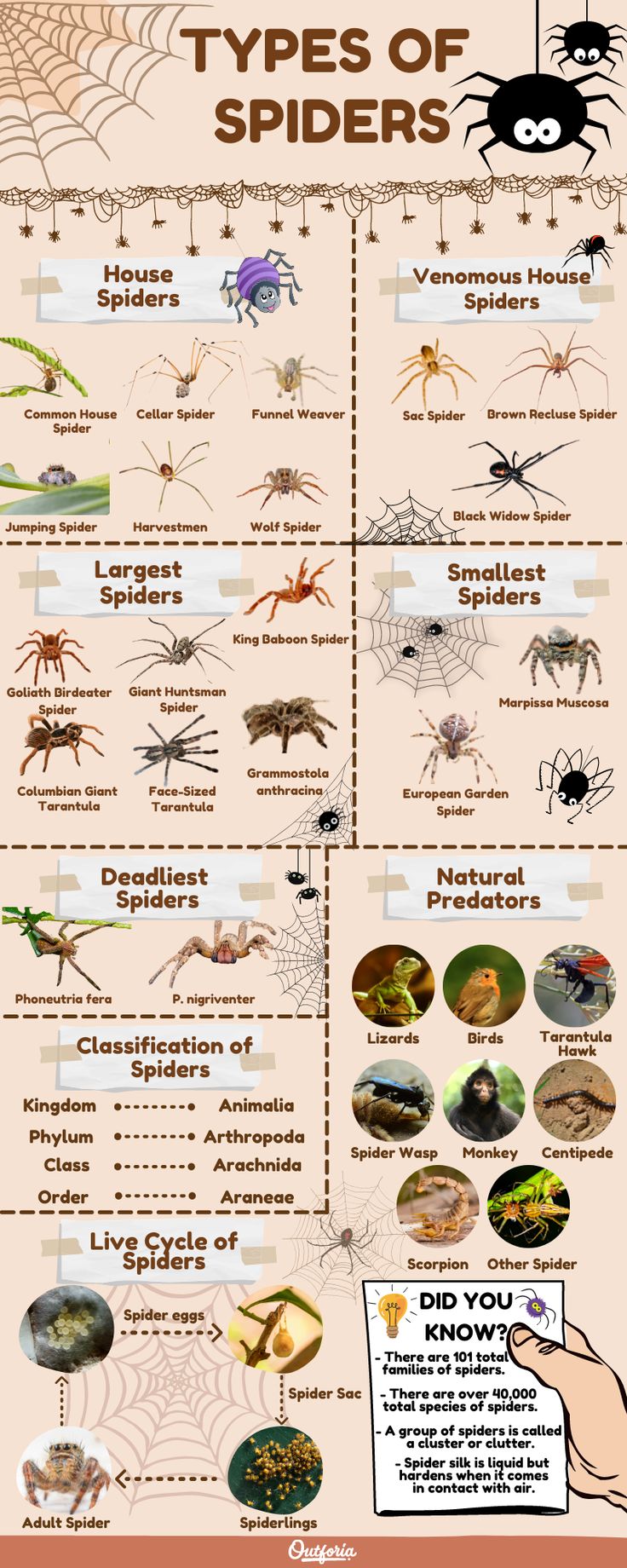A Comprehensive Guide to Common House Spider Bites: Identification, Symptoms, and Treatments

Spider encounters are a common occurrence in most households, and more often than not, they’re with the Common House Spider. But what should you do if the Common House Spider bites? This guide will delve into the identification of the Common House Spider, the symptoms of its bite, and the necessary treatments and prevention measures.
Understanding the Common House Spider
There are numerous species of spiders known to inhabit human dwellings worldwide, but the Common House Spider is often the most prevalent. These spiders are generally harmless and serve as a natural form of pest control, trapping and consuming other insects in their webs. However, they can bite when threatened or disturbed, which may lead to mild discomfort and irritation.
The Anatomy of the Common House Spider
The Common House Spider, scientifically known as Parasteatoda tepidariorum, is a small spider species, typically measuring about the size of a nickel. They possess a round abdomen, usually grey in color, with some white markings. Their web often appears tangled or messy, adding to their distinctiveness.

Common House Spider’s Habitat
Common House Spiders prefer dark, concealed areas. They are typically found in corners, underneath cabinets, in basements, and sometimes around windows where flies may be active. Despite their preference for indoor habitats, they can also be found outdoors, particularly around debris, underneath boards, or in gaps around homes.
Common House Spider Bites: Identification and Symptoms
While Common House Spider bites are rare, they can occur when the spider feels threatened. Identifying a spider bite can be challenging, especially if you didn’t witness the bite. However, there are certain signs to look out for:
- Swelling: A spider bite may cause a localized swelling around the bite area.
- A Red Welt: The bite site may develop a red welt, which may grow in size over time.
- Skin Damage: In some cases, a spider bite may cause minor skin damage.
Apart from these physical signs, you may also experience other symptoms such as itching, pain around the bite area, and mild discomfort. However, it’s important to note that these symptoms are relatively mild and tend to resolve within a week.
What to Do if a Common House Spider Bites?
In the event of a Common House Spider bite, the first step is to stay calm. The bite is usually harmless and doesn’t pose a significant health risk. However, there are a few steps you can take to alleviate discomfort and prevent infection:
- Clean the Bite Area: Wash the bite site with soap and water to prevent infection.
- Apply Ice: Apply an ice pack to the bite area to reduce swelling and numb the pain. Remember to wrap the ice pack in a cloth to prevent direct contact with the skin.
- Elevate the Bite Area: If possible, elevate the bite area to help reduce swelling.
- Take an Antihistamine: Over-the-counter antihistamines can help reduce itching and swelling.
- Monitor the Bite: Keep an eye on the bite for any signs of infection, such as increased redness, swelling, or pus.
If the symptoms worsen or you notice signs of infection, seek medical attention immediately.

Preventing Spider Bites
Prevention is always better than cure. Here are some tips to prevent encounters with Common House Spiders and subsequent bites:
- Keep Your Home Clean: Regular cleaning can help deter spiders. Make sure to clean corners, under furniture, and other secluded areas where spiders may hide.
- Seal Entry Points: Seal cracks and gaps in walls, windows, and doors to prevent spiders from entering your home.
- Use Pest Control Measures: Consider using natural or chemical spider deterrents to keep these critters at bay.
- Be Mindful When Handling Stored Items: Always use caution when handling stored boxes, clothing, or other items that may have become a spider’s home.
While the idea of a spider bite can be unsettling, it’s important to remember that Common House Spider bites are generally harmless. Proper identification, prompt treatment, and prevention can help you avoid any potential complications. Remember, if you’re unsure or if symptoms persist, always seek medical attention.
